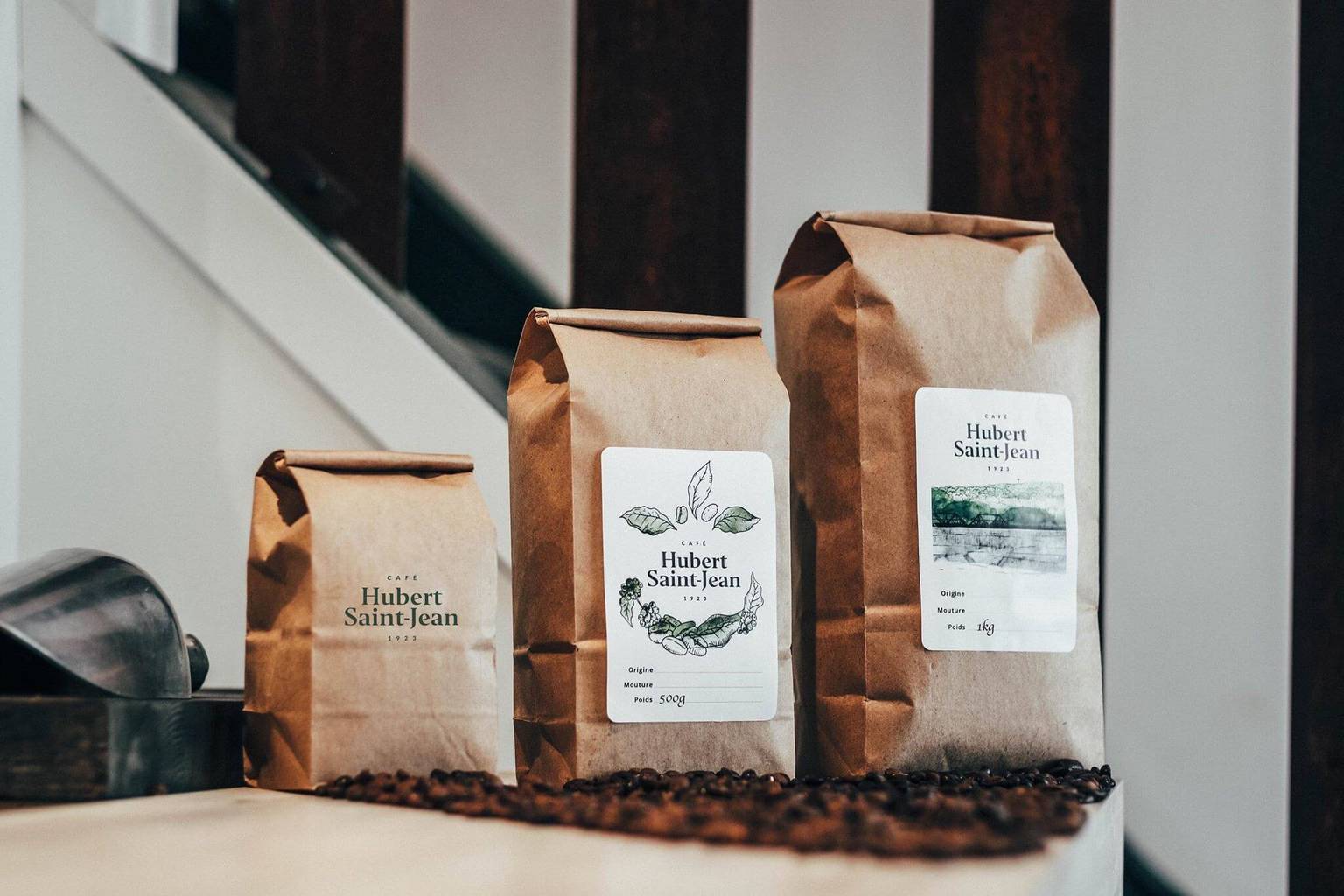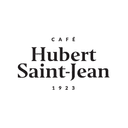Th3rdwave Directories
Cafés
Roasters
Coffees
Guides
Awards
Th3rdwave Coffee Club
Subscription
Gift subscription
Current edition
Past editions
Shop
Advent Calendar
Coffee games
Th3rdwave Wallet
Loyalty cards
Gift cards
Th3rdwave for cafés
Th3rdwave for roasters
Get free coffee
Sumatra Lavé
Jambi is a province of Indonesia located on the island of Sumatra. It spans from the east coast of the island to the Barisan Mountains in the west, where several volcanoes have created valleys with mineral-rich soils ideal for agriculture.
This coffee is sourced from farms of the Koerintji Barokah Bersama Cooperative in Kerinci, Jambi. The 320 members live and farm on a plateau that sits at the foot of Mount Kerinci. It is one of the many volcanoes in the Pacific’s Ring of Fire, a 40,000-kilometer horseshoe-shaped series of 452 volcanoes that are part of an almost constant dance of eruptions and plate movements. Mount Kerinci’s historic eruptions have assured that the surrounding area is lush and verdant thanks to the deep supply of fertile volcanic soil.
This particular lot is a washed processed coffee. The process involves machines called depulpers that remove the seeds from the cherries before drying them. Once done, the seeds go into tanks full of water. The water ultimately washes the rest of the mucilage and fruit caked onto the seed. Finally, the seeds go onto beds in the sun to dry out.
The resulting cup reminds us of plum, milk chocolate and honey.
This coffee is sourced from farms of the Koerintji Barokah Bersama Cooperative in Kerinci, Jambi. The 320 members live and farm on a plateau that sits at the foot of Mount Kerinci. It is one of the many volcanoes in the Pacific’s Ring of Fire, a 40,000-kilometer horseshoe-shaped series of 452 volcanoes that are part of an almost constant dance of eruptions and plate movements. Mount Kerinci’s historic eruptions have assured that the surrounding area is lush and verdant thanks to the deep supply of fertile volcanic soil.
This particular lot is a washed processed coffee. The process involves machines called depulpers that remove the seeds from the cherries before drying them. Once done, the seeds go into tanks full of water. The water ultimately washes the rest of the mucilage and fruit caked onto the seed. Finally, the seeds go onto beds in the sun to dry out.
The resulting cup reminds us of plum, milk chocolate and honey.
Jambi is a province of Indonesia located on the island of Sumatra. It spans from the east coast of the island to the Barisan Mountains in the west, where several volcanoes have created valleys with mineral-rich soils ideal for agriculture.
This coffee is sourced from farms of the Koerintji Barokah Bersama Cooperative in Kerinci, Jambi. The 320 members live and farm on a plateau that sits at the foot of Mount Kerinci. It is one of the many volcanoes in the Pacific’s Ring of Fire, a 40,000-kilometer horseshoe-shaped series of 452 volcanoes that are part of an almost constant dance of eruptions and plate movements. Mount Kerinci’s historic eruptions have assured that the surrounding area is lush and verdant thanks to the deep supply of fertile volcanic soil.
This particular lot is a washed processed coffee. The process involves machines called depulpers that remove the seeds from the cherries before drying them. Once done, the seeds go into tanks full of water. The water ultimately washes the rest of the mucilage and fruit caked onto the seed. Finally, the seeds go onto beds in the sun to dry out.
The resulting cup reminds us of plum, milk chocolate and honey.
This coffee is sourced from farms of the Koerintji Barokah Bersama Cooperative in Kerinci, Jambi. The 320 members live and farm on a plateau that sits at the foot of Mount Kerinci. It is one of the many volcanoes in the Pacific’s Ring of Fire, a 40,000-kilometer horseshoe-shaped series of 452 volcanoes that are part of an almost constant dance of eruptions and plate movements. Mount Kerinci’s historic eruptions have assured that the surrounding area is lush and verdant thanks to the deep supply of fertile volcanic soil.
This particular lot is a washed processed coffee. The process involves machines called depulpers that remove the seeds from the cherries before drying them. Once done, the seeds go into tanks full of water. The water ultimately washes the rest of the mucilage and fruit caked onto the seed. Finally, the seeds go onto beds in the sun to dry out.
The resulting cup reminds us of plum, milk chocolate and honey.
Coffee origin
Country
Sumatra
Region
Jambi
Variety
various
Altitude
1400 - 1700 m
Farm
various
Producer
Koerintji Barokah Bersama
Process
washed
Tastes like
🍑
plum
🍫
milk chocolate
🍯
honey
Community reviews
😶
- -
0 Reviews
What people are saying
Recipes
Check out more in the App






